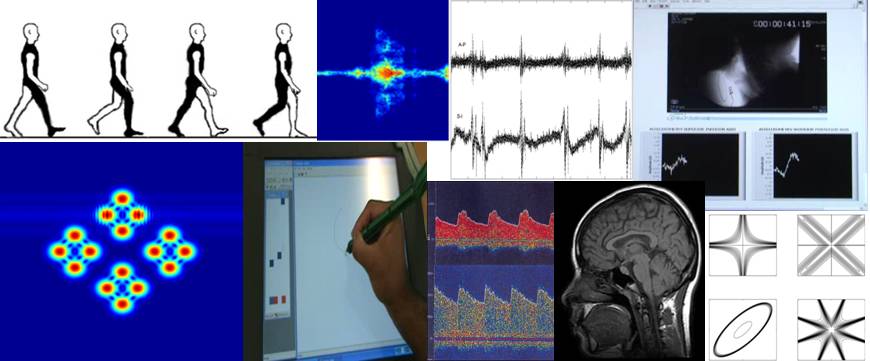Classification of penetration-aspiration versus healthy swallows using dual-axis swallowing accelerometry signals in dysphagic subjects
January 5, 2013
Swallowing accelerometry is a promising non-invasive approach for the detection of swallowing difficulties. In this paper, we propose an approach for classification of swallowing acceleroemtry recordings containing either healthy swallows or penetration-aspiration (entry of material into the airway) in dysphagic patients. The proposed algorithm is based on the wavelet packet decomposition of swallowing accelerometry signals in combination with linear discriminant analysis as a feature reduction method and Bayes classification. The proposed algorithm was tested using swallowing accelerometry signals collected from 40 patients during the regularly scheduled videoflouroscopy exam. The participants were instructed to swallow several five milliliter sips of thin liquid barium in a head neutral position. The results of our numerical analysis showed that the proposed algorithm can differentiate healthy swallows from aspiration swallows with an accuracy greater than 90\%. These results position swallowing accelerometry as a valid approach for the detection of swallowing difficulties, particularly penetration-aspiration in patients suspected of dysphagia.
This material is presented to ensure timely dissemination of scholarly and technical work. Copyright and all rights therein are retained by authors or by other copyright holders. All persons copying this information are expected to adhere to the terms and constraints invoked by each author’s copyright. In most cases, these works may not be reposted without the explicit permission of the copyright holder.



